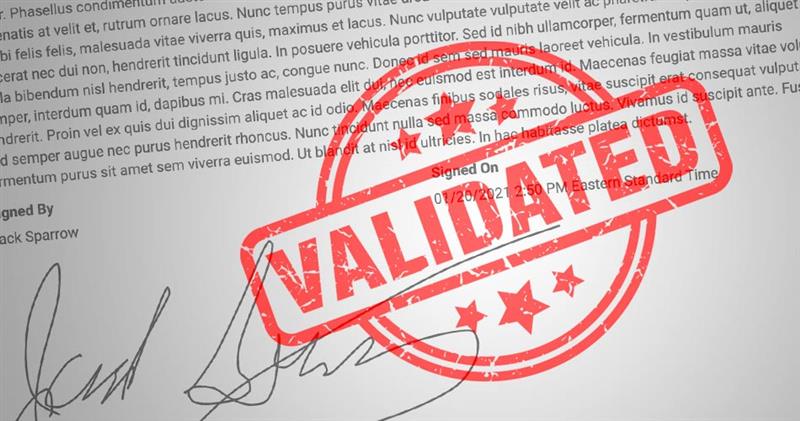
58=87=4The most important thing about liability waivers is their legal enforceability. If you have taken the time and effort to draft one and get your participants to sign it, it would all be for nothing if it turns out to be unenforceable. To this end, the best course of action would be to engage an attorney’s assistance in drafting one. There are, however, some best practices you can bring into the attorney’s office with you. Read on to find out what they are.
Before Drafting A Waiver
Before you even put pen to paper – or finger to keyboard – take some time to research the laws governing liability waivers in your state and jurisdiction. What will hold up in a court of law? Are there any loopholes you should be aware of? Although your attorney should be able to advise you further, going in with an idea of what to expect is always good.
When Drafting A Waiver
In general, there are some things to take note of when it comes to the wording within a waiver:
- Keep language simple and easily understandable for the average customer. If you include complex or confusing terms the average person is unlikely to understand, you may end up invalidating your waiver.
- Key elements including an indemnity clause, an exculpatory clause and assumption of risk must be included. An indemnity clause lifts the burden of responsibility in the case of injury from your business onto the signatory. The exculpatory clause waives the signatory’s right to sue for negligence while assumption of risk serves as proof that the signatory is aware of the potential risks of the activity.
After Drafting A Waiver
Once your waiver has been drafted, the next step is to get your customers to sign it. To this end, always give them enough time to go through the terms, preferably sending them the form in advance of the event. Allow them to raise any questions and have your staff address them adequately. Rushing or pressuring customers to sign a waiver form is never advisable. On top of that, do not bury important terms in a small font – always make sure they are clearly visible.
It also helps to review your liability waiver from time to time as laws and regulations can change. When that happens, an old waiver form that does not abide by the new regulations will be legally unenforceable, regardless of whether it has been signed.
Digitalize Your Waiver Forms with WaiverFile
The most important mistake to avoid when drafting a waiver form is never to do it alone. Always seek the guidance of an attorney – do not leave your business vulnerable because of a poorly drafted waiver form that is not legally enforceable. Once you are sure that your waiver form is drafted in a way that can adequately protect your business, get in touch with WaiverFile to digitalize it.
If you are looking to digitalize your waiver forms or require any other assistance, please feel free to contact us today.